
How to Use SOCKET 3 GANG: Examples, Pinouts, and Specs
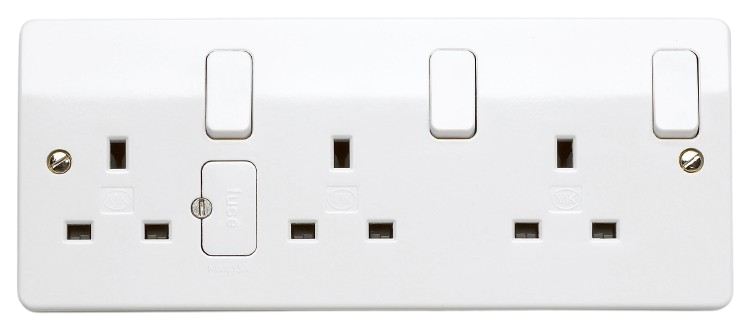
 Design with SOCKET 3 GANG in Cirkit Designer
Design with SOCKET 3 GANG in Cirkit DesignerIntroduction
The SOCKET 3 GANG (Manufacturer: MK, Part ID: 13 AMP DOUBLE POLE) is a multi-socket connector designed to allow three devices to be plugged in simultaneously. It is commonly used for power distribution in electronic circuits, home appliances, and industrial setups. This component is ideal for applications requiring multiple power connections from a single source, ensuring convenience and efficient power management.
Explore Projects Built with SOCKET 3 GANG
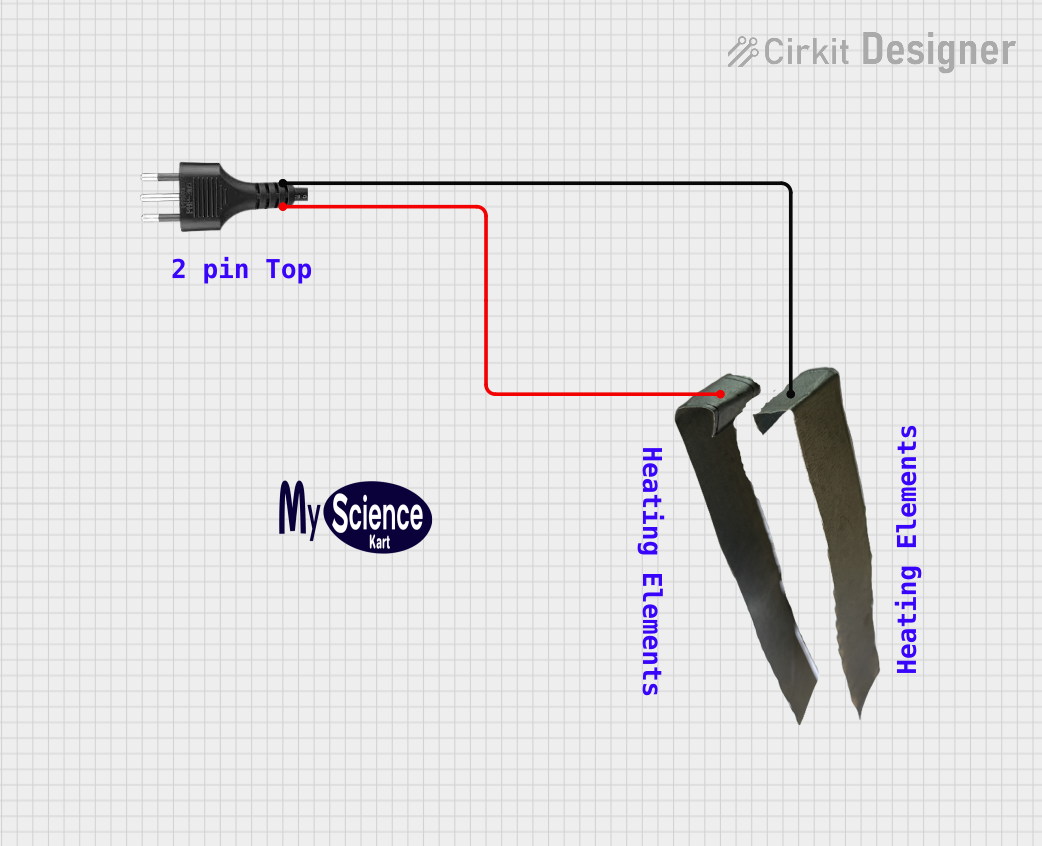
 Open Project in Cirkit Designer
Open Project in Cirkit Designer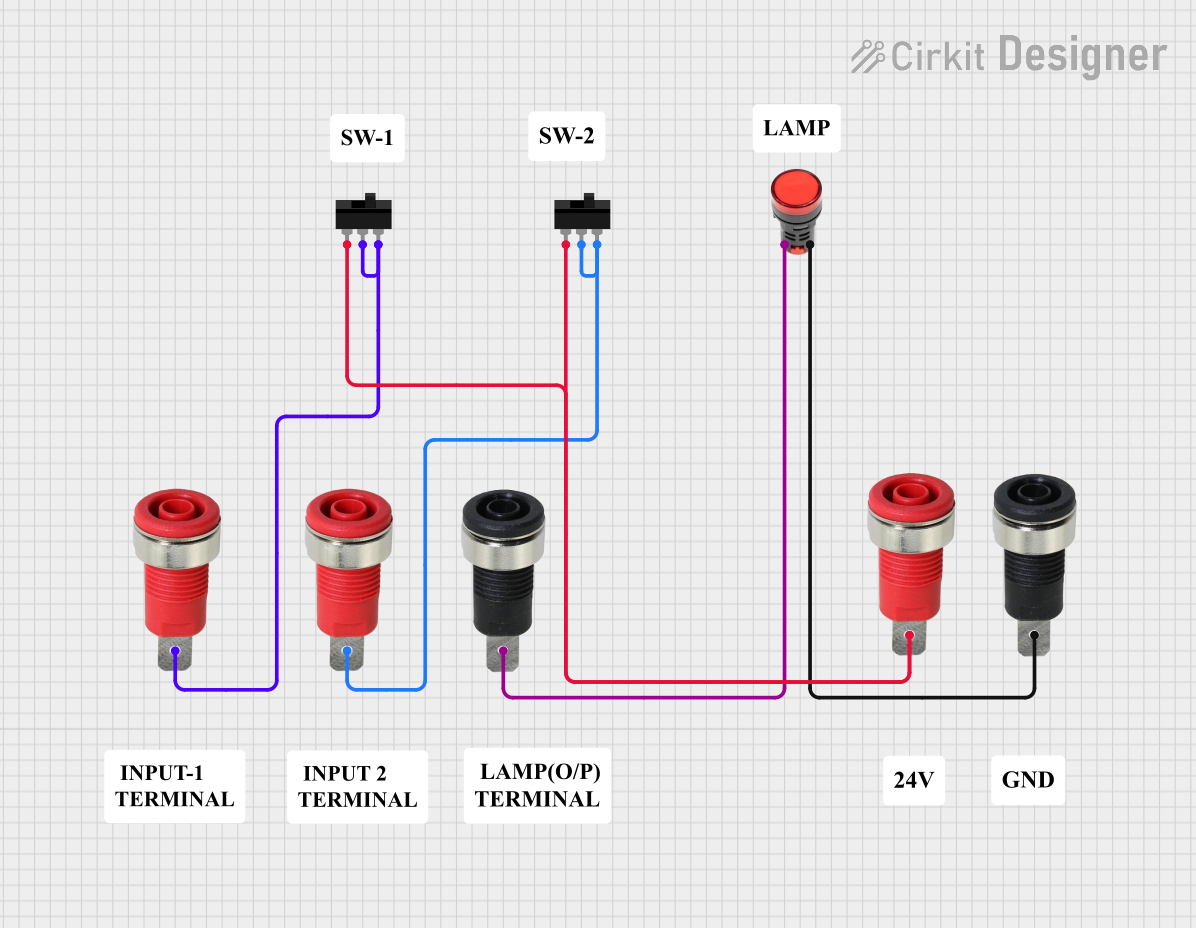
 Open Project in Cirkit Designer
Open Project in Cirkit Designer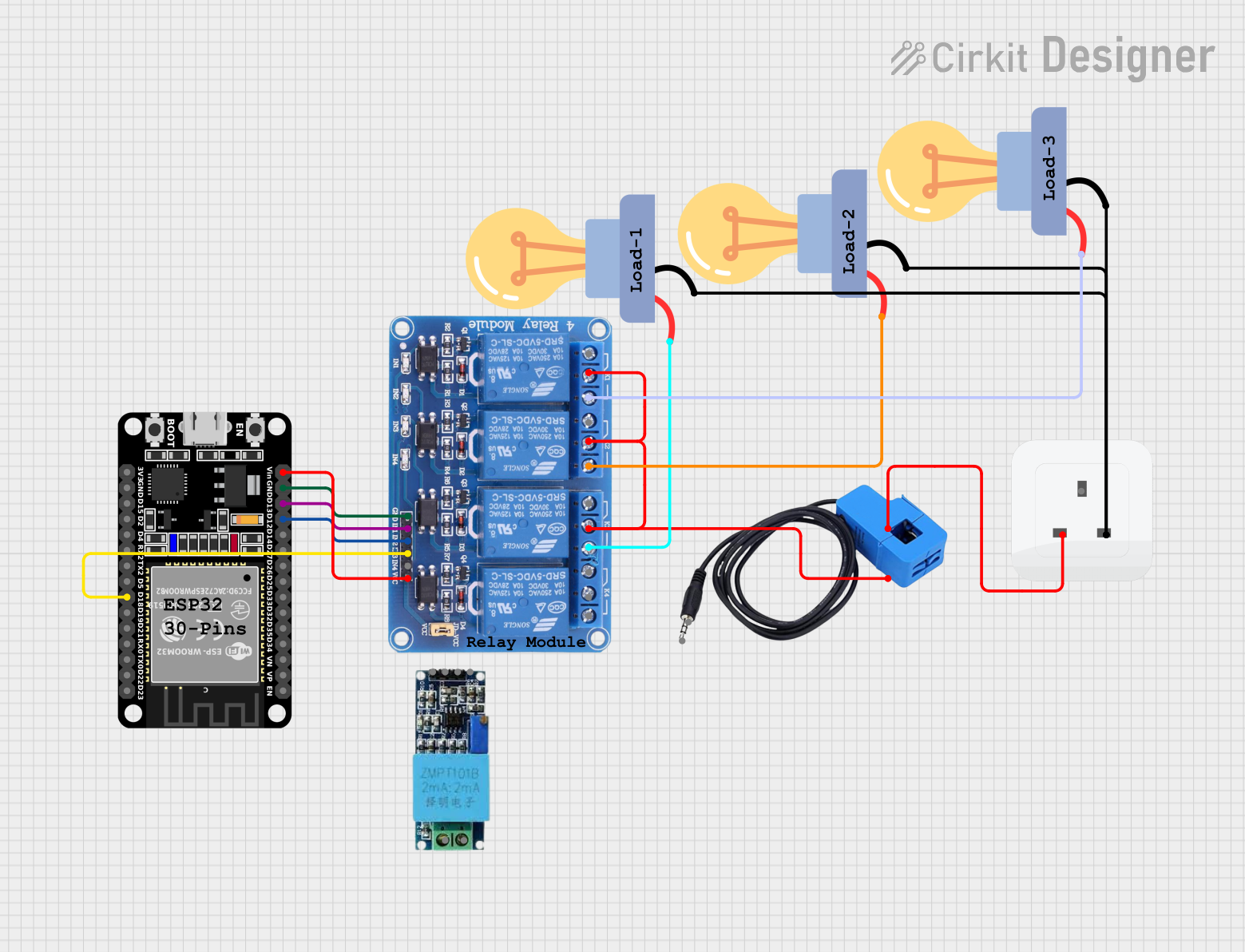
 Open Project in Cirkit Designer
Open Project in Cirkit Designer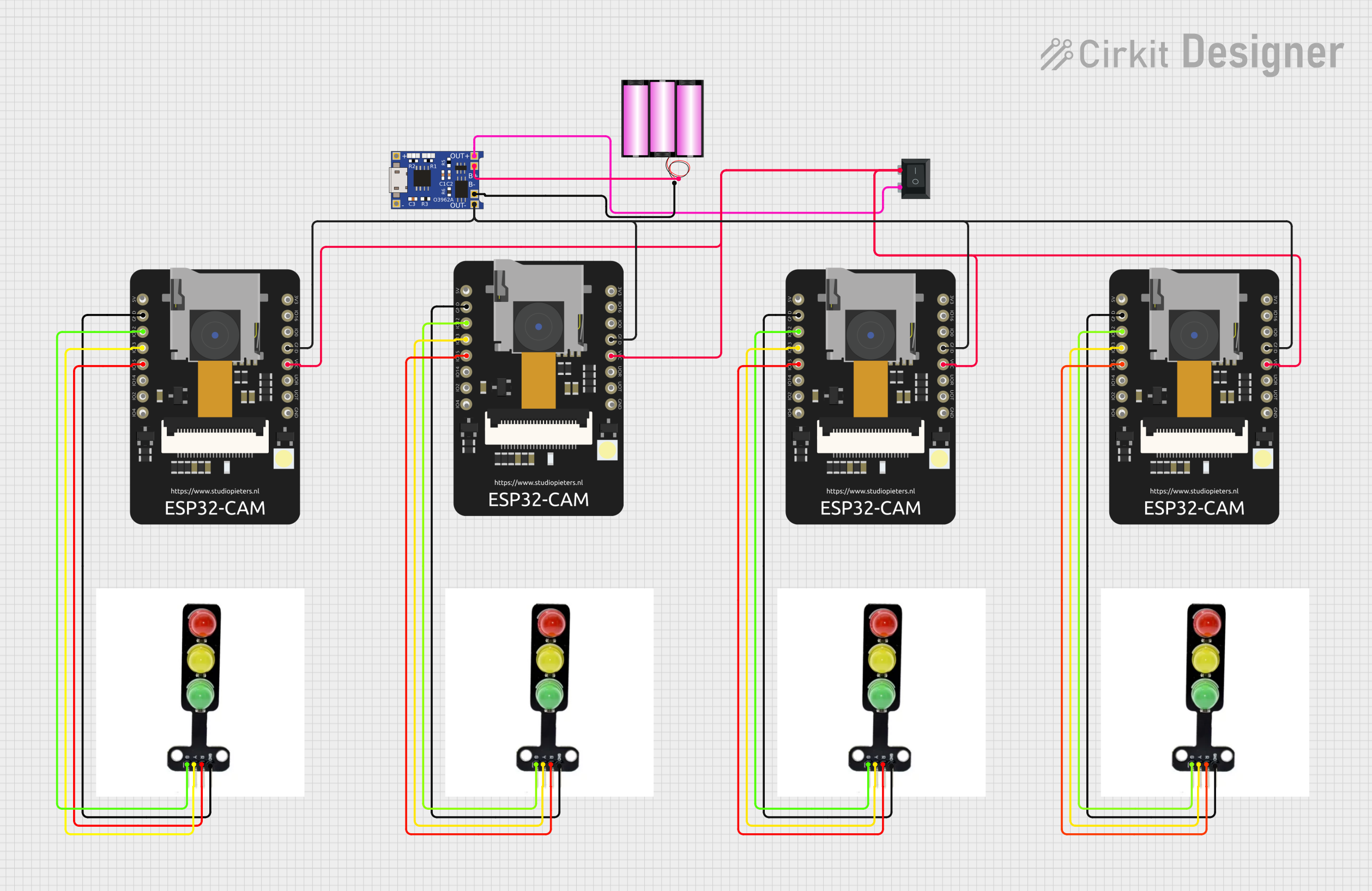
 Open Project in Cirkit Designer
Open Project in Cirkit DesignerExplore Projects Built with SOCKET 3 GANG

 Open Project in Cirkit Designer
Open Project in Cirkit Designer
 Open Project in Cirkit Designer
Open Project in Cirkit Designer
 Open Project in Cirkit Designer
Open Project in Cirkit Designer
 Open Project in Cirkit Designer
Open Project in Cirkit DesignerCommon Applications and Use Cases
- Power distribution in residential and commercial environments.
- Connecting multiple electronic devices to a single power source.
- Temporary power setups for events or workshops.
- Industrial equipment requiring multiple power outlets.
Technical Specifications
The following table outlines the key technical details of the SOCKET 3 GANG:
| Parameter | Specification |
|---|---|
| Manufacturer | MK |
| Part ID | 13 AMP DOUBLE POLE |
| Rated Voltage | 250V AC |
| Rated Current | 13A |
| Number of Outlets | 3 |
| Connector Type | UK 3-pin (BS 1363) |
| Material | High-quality thermoplastic |
| Safety Features | Double pole switch, childproof shutters |
| Mounting Type | Wall-mounted or portable |
| Dimensions | 86mm x 146mm x 30mm (approx.) |
| Compliance | BS 1363, CE certified |
Pin Configuration and Descriptions
The SOCKET 3 GANG uses the standard UK 3-pin configuration. Below is a description of the pins:
| Pin Name | Description |
|---|---|
| Live (L) | Supplies the active phase of the AC voltage. |
| Neutral (N) | Completes the circuit for current flow. |
| Earth (E) | Provides safety by grounding the device. |
Usage Instructions
How to Use the Component in a Circuit
Installation:
- Ensure the power supply is turned off before installation.
- If wall-mounting, securely fix the SOCKET 3 GANG to the wall using screws and anchors.
- Connect the live (L), neutral (N), and earth (E) wires to the corresponding terminals on the socket.
Operation:
- Plug the devices into the three available outlets.
- Use the double pole switch to turn the power on or off for all connected devices simultaneously.
Testing:
- After installation, test the socket with a voltage tester to ensure proper wiring.
- Verify that all three outlets are functioning correctly.
Important Considerations and Best Practices
- Overloading: Do not exceed the maximum current rating of 13A. Overloading can cause overheating and damage.
- Grounding: Always ensure the earth pin is properly connected to avoid electrical hazards.
- Environment: Avoid using the socket in damp or wet conditions unless it is specifically rated for such environments.
- Inspection: Periodically inspect the socket for signs of wear, damage, or loose connections.
Arduino UNO Compatibility
The SOCKET 3 GANG is not directly compatible with Arduino UNO or other microcontrollers, as it is designed for high-voltage AC power distribution. However, it can be used in conjunction with relays or solid-state switches to control AC devices via an Arduino. Below is an example of how to control an AC device connected to the SOCKET 3 GANG using a relay module:
/*
Example: Controlling an AC device connected to SOCKET 3 GANG
using a relay module and Arduino UNO.
Note: Ensure proper isolation between the high-voltage AC circuit
and the low-voltage Arduino circuit. Use a relay module with optocoupler
for safety.
*/
const int relayPin = 7; // Pin connected to the relay module
void setup() {
pinMode(relayPin, OUTPUT); // Set relay pin as output
digitalWrite(relayPin, LOW); // Ensure relay is off at startup
}
void loop() {
// Turn on the relay (and the connected AC device)
digitalWrite(relayPin, HIGH);
delay(5000); // Keep the device on for 5 seconds
// Turn off the relay (and the connected AC device)
digitalWrite(relayPin, LOW);
delay(5000); // Keep the device off for 5 seconds
}
Troubleshooting and FAQs
Common Issues Users Might Face
No Power to Outlets:
- Cause: Loose wiring or faulty connections.
- Solution: Check the wiring connections and ensure they are secure.
Overheating:
- Cause: Overloading the socket beyond its 13A rating.
- Solution: Reduce the load by unplugging some devices.
Tripped Circuit Breaker:
- Cause: Short circuit or ground fault.
- Solution: Inspect the wiring and connected devices for faults.
Device Not Turning On:
- Cause: Faulty double pole switch or damaged outlet.
- Solution: Replace the switch or socket if necessary.
Solutions and Tips for Troubleshooting
- Always turn off the power supply before inspecting or repairing the socket.
- Use a multimeter to check for continuity and proper voltage levels.
- If the socket is damaged, replace it with a new one to ensure safety and reliability.
- Consult a qualified electrician for complex issues or installations.
By following this documentation, users can safely and effectively utilize the SOCKET 3 GANG for their power distribution needs.